Pan de Muerto – DÍa de los Muertos
In the previous blog about Calabaza en Tacha, I describe the variety of offerings that are prepared for Dia de los Muertos—the Day of the Dead. Pan de Muerto is the most metaphoric because each adornment relates to historical pre-hispanic beliefs and symbolism.
The form of roundness of this bread is attributed to the cycle of life and death. The crown at the top is a skull. For the Aztecs, skulls symbolized mortality and an active afterlife. The four vertical lengths are shaped as bones and sometimes shaped as shedding tears. The four verticals make a quadrant that may be attributed to symbolize one or all of the following: A christian cross, the four cosmos of the Aztec universe or the divinities of Quetzalcoatl-camaxtli, Xipectotec, Tlaloc-Huitzilopochtl, and Tezcatlpoca.
There are two legends about the origin of this bread. The Spanish conquistadores did not approve of the practice of human sacrifice. At that time, Aztec princesses were sacrificed, their hearts were set in a vessel and consumed. The Spanish replaced this ritual with a bread loaf made in the form of a heart, colored red and sprinkled with sugar. The other legend says an image of the god Huitzilopochtl, god of war, was formed of amarath (a grain). A stake was driven through it to symbolize a sacrifice and the pieces were distributed among the people.
let’s get started to make a Pan de Muerto.
Ingredients
4 oz butter (1 stick)
½ cup milk
Orange rind (optional)
1 tablespoon orange blossom water flavoring
6 eggs (reserve 1 tablespoon for brushing)
¼ oz packet active dry yeast
¼ cup water
4 cups flour
1 cup sugar
1 teaspoon salt
Preparation
In a small sauce pan combine the milk, butter and orange rind and heat the contents to melt the butter; remove and discard the rind, then set aside to cool. When this mixture is completely cooled add the orange blossom water and eggs, then whisk the ingredients until blended. Set aside.
Dissolve the yeast in ¼ cup of lukewarm water, not exceeding, a temperature of 110ºF. Let stand for about 5-10 minutes until you see slight bubbles.
Mix the flour, sugar and salt, make a well in the center of the flour, pour in the yeast mixture, and gradually add and mix the egg mixture.
Stir ingredients to form the dough (it will be shiny and sticky). Shape it into a ball, cover with a cloth and place it in a warm place. The dough will rise to double it’s size in 1 to 1 ½ hours.
Reserve a portion of the dough about the size of a grapefruit and set aside. It will be used to adorn the bread.
Line a baking tray with parchment paper, place the large portion of dough on it, and reshape it into a round bread loaf.
Take a piece off the reserved dough, about 1½ inches diameter, make a ball and set aside. Divide the remaining reserved dough in half and hand roll each piece starting from the center out to form two ropes slightly longer than the width of the round loaf. If you are good working with dough, form the ropes look like bones or tears.
Arrange the ropes over the ball shaped loaf, crisscrossed to make four equal parts. Using a little water wet the intersection of the ropes and stick on the ball to top the ball shaped loaf. Cover for 45 minutes to permit the ropes to rise. Brush with the reserved egg.
Bake in the oven at 350ºF until evenly colored for about 30-40 minutes. Insert a wooden toothpick and if it comes out clean you are done. If not, cover the loaf with aluminum foil and bake another 10 to 15 minutes until it passes the toothpick test. Remove from the oven and uniformly sprinkle sugar over the loaf, cover with aluminum foil and return to the oven for 10 more minutes. Remove and cool on a wire rack.
Note:
Typical variations of this recipe include mixing cinnamon or anise into the flour. I use the internet for the general historical information I publish, so I am diligent cross checking different sources to give you accurate information, though who can guarantee what’s out there. Originally published October 25, 2014.
Subscribe to email notifications for new posts HERE. And I look forward to your comments below.


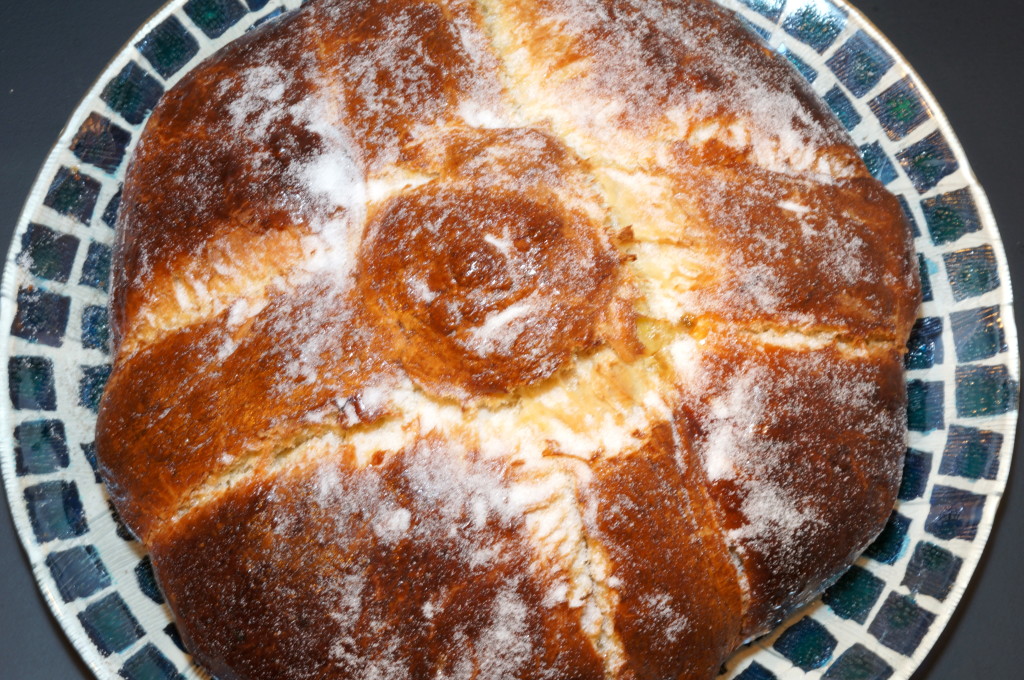
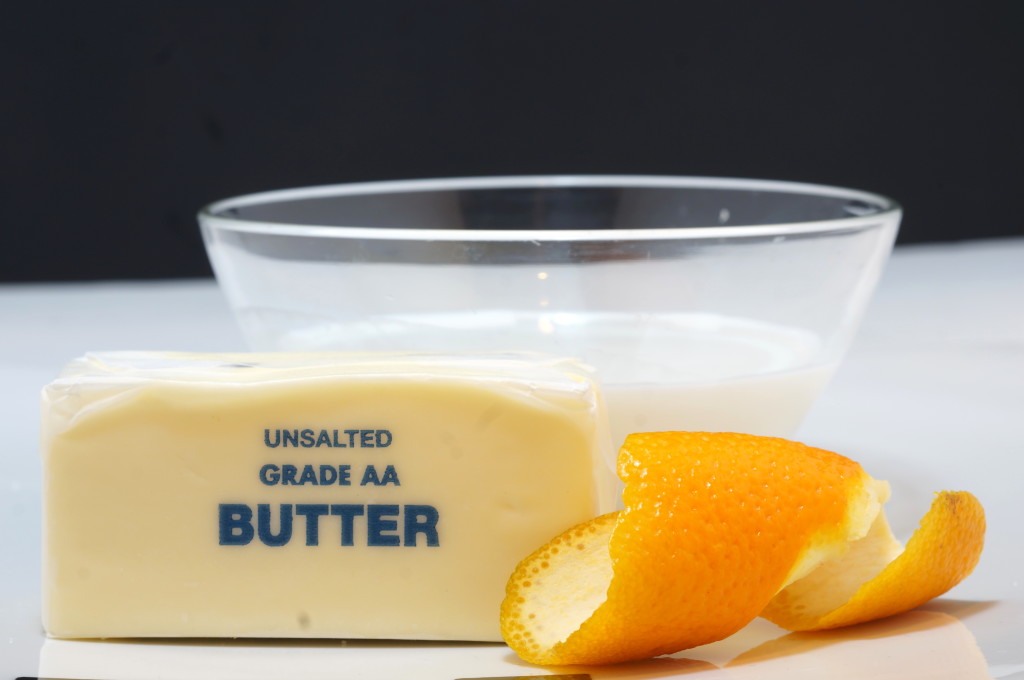
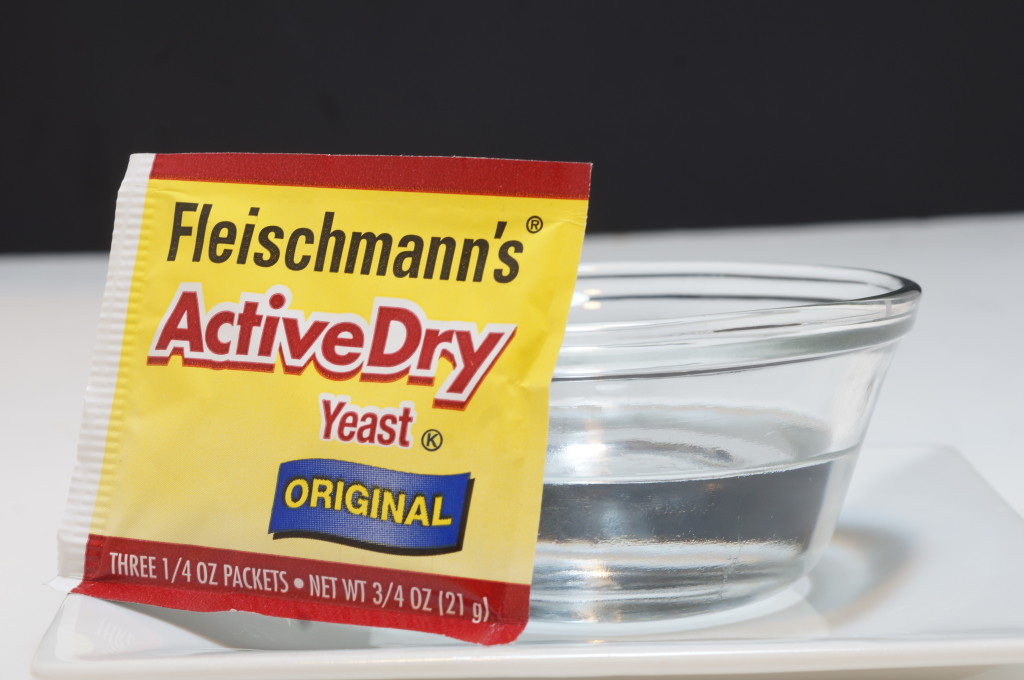
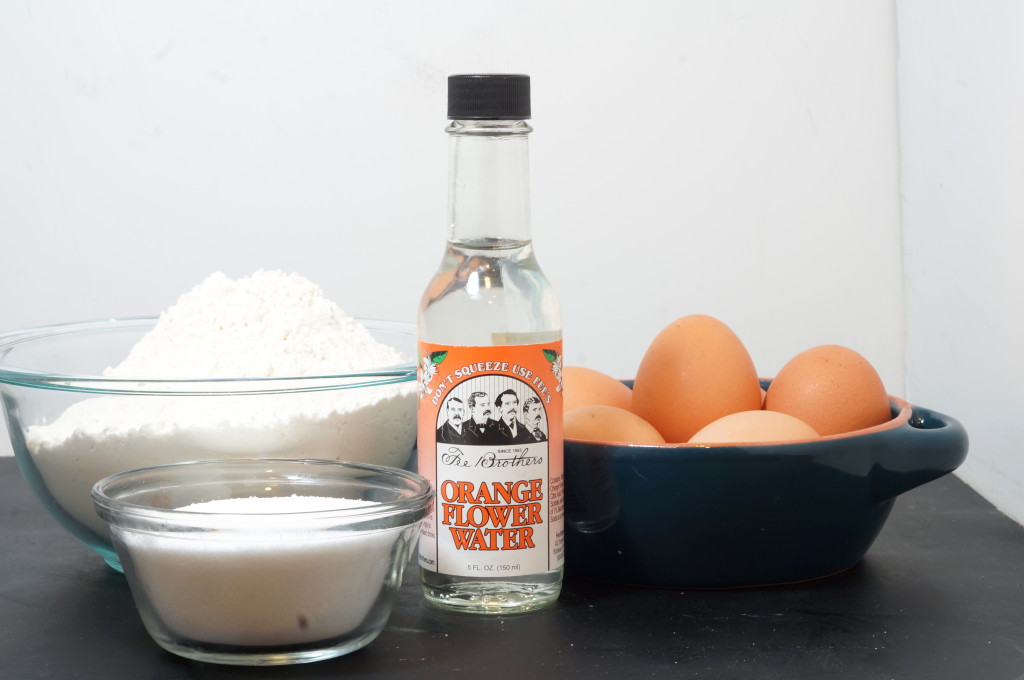
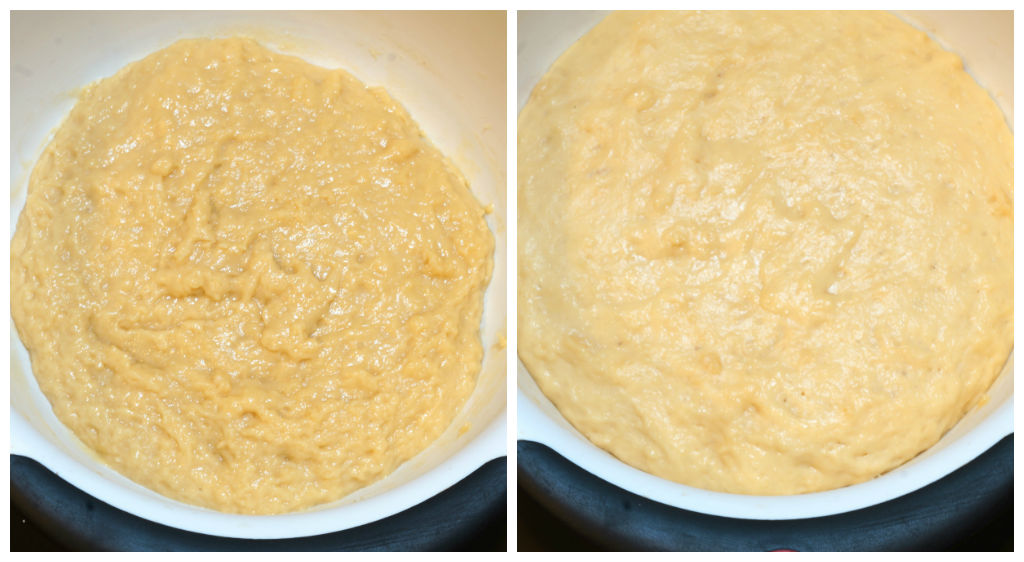
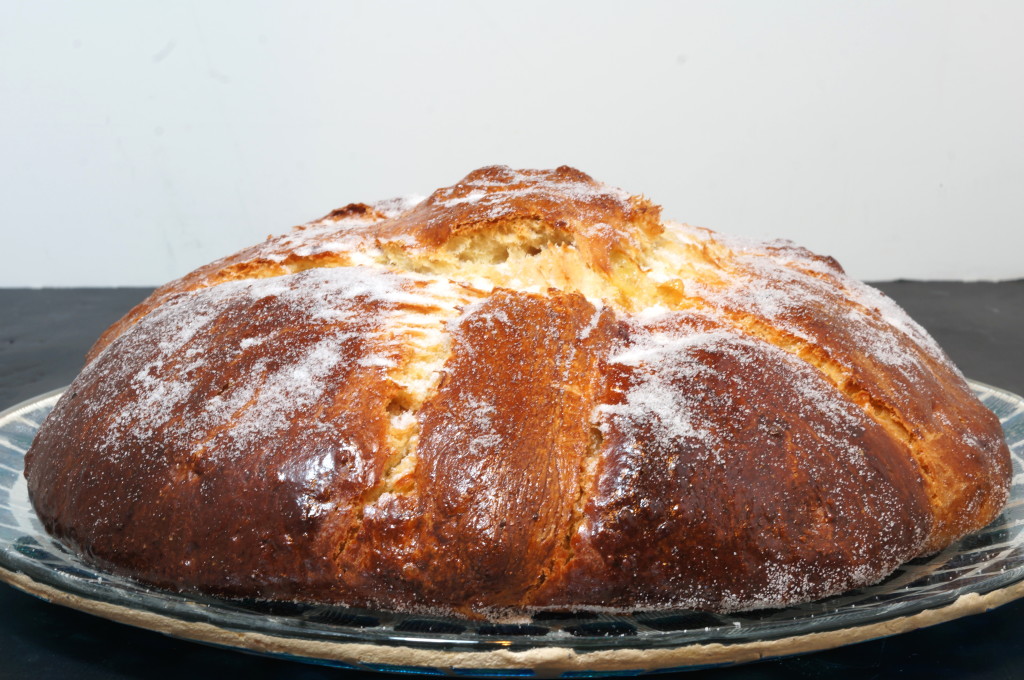
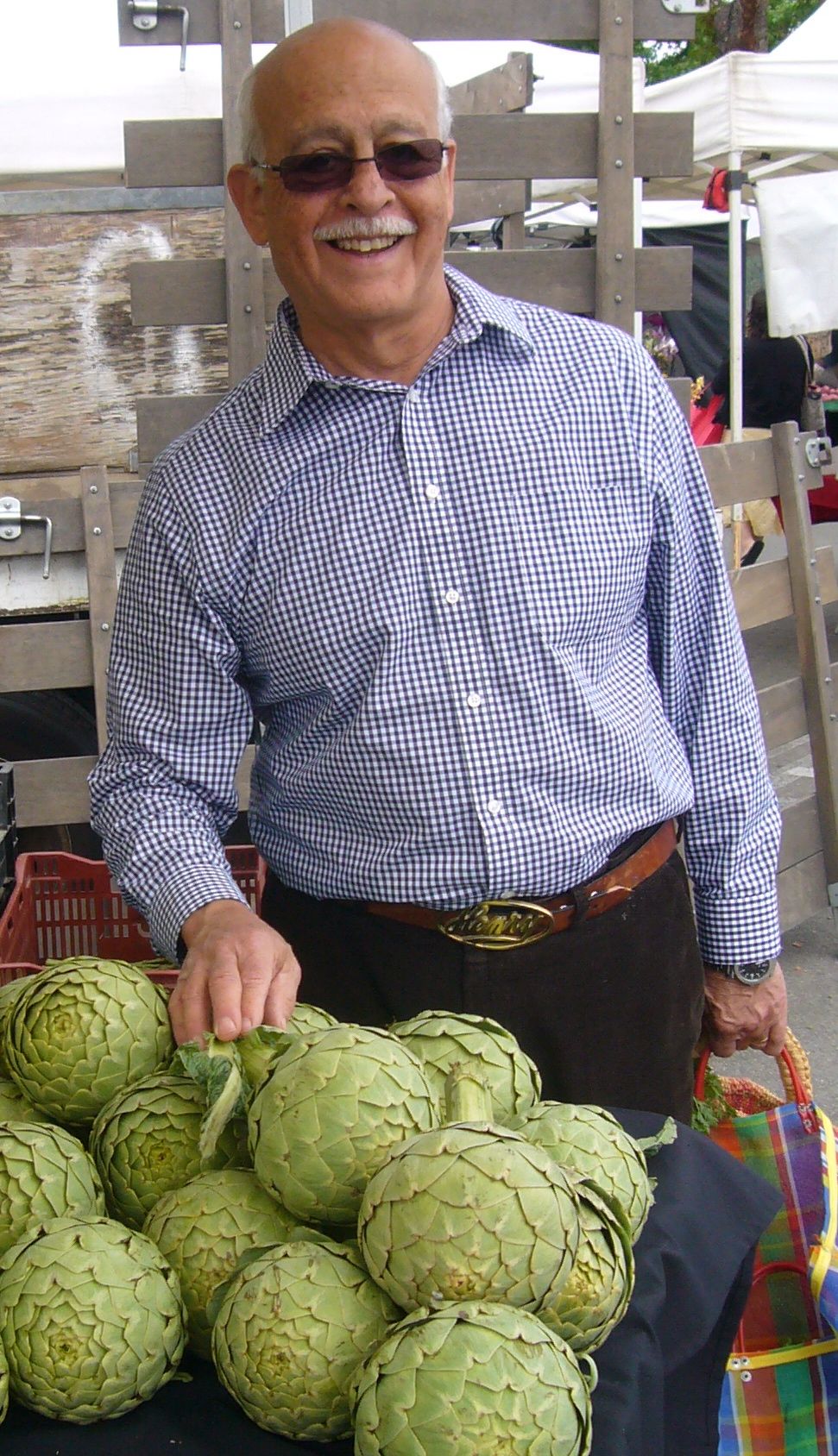
Hi Hank,
saw your note about altars, very nicely done. And indeed the altars are a mixture of native and Catholic cultural practices. Remember in Calderon Ecuador we stopped to see the makers of bread dolls…? These were originally made for All Souls Day… but since those in Calderon became famous as the best, they started a craft industry making them permanent and sold all year round.
Apparently all the Spanish colonies adopted some form of the Spanish custom:
In France, some Christian families, on the night of All Hallows’ Eve, prayed beside the graves of their loved ones, setting down dishes full of milk for them.[103] On Halloween, in Italy, some families left a large meal out for ghosts of their passed relatives, before they departed for church services.[116] In Spain, on this night, special pastries are baked, known as “bones of the holy” (Spanish: Huesos de Santo) and put them on the graves of the churchyard, a practice that continues to this day.[117]